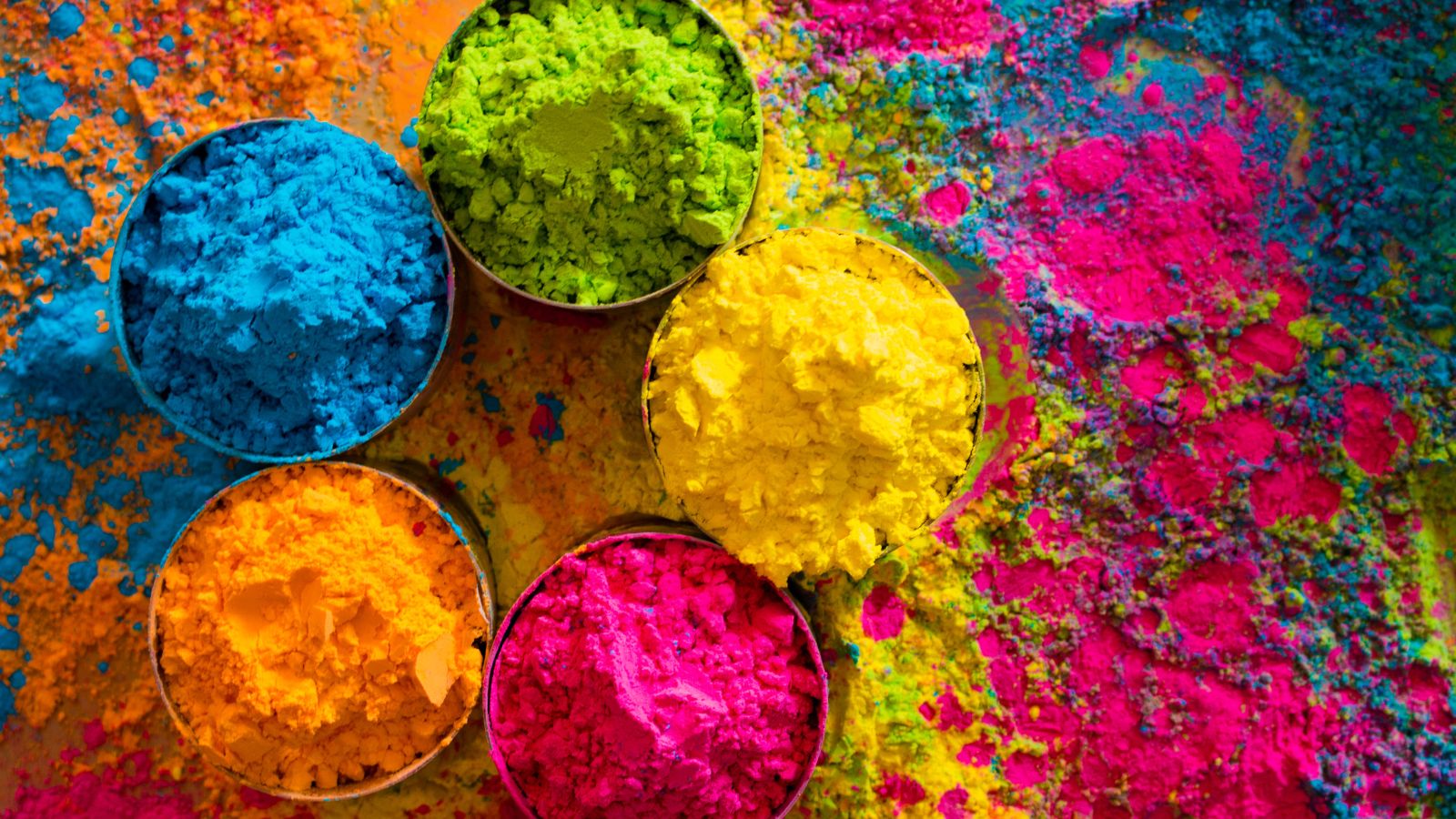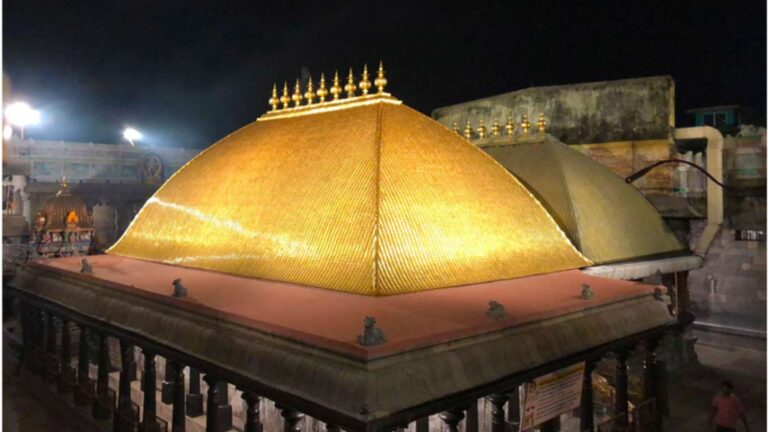Holi, one of the most vibrant festivals celebrated across India, marks the arrival of spring and symbolizes the triumph of good over evil. Known as the Festival of Colors, Holi has deep roots in Hindu mythology and rich cultural traditions.
Holi is tied to the story of Prahlada and Hiranyakashipu. Prahlada, a devout follower of Lord Vishnu, faced severe persecution from his father, the demon king Hiranyakashipu. To kill him, Holika, Hiranyakashipu’s sister, attempted to burn Prahlada using her immunity to fire. However, Holika perished in the flames, while Prahlada emerged unharmed. This event symbolizes the victory of faith and goodness over evil. The name “Holi” is derived from Holika, and the ritual of Holika Dahan—lighting a bonfire—is performed to commemorate this triumph.
Holi also marks the onset of spring—a season of renewal. It signifies the end of winter and the beginning of a more colorful and vibrant life cycle, aligning with nature’s rebirth. Holi is associated with Lord Krishna, who celebrated with his beloved Radha and the Gopis in Vrindavan. Their playful color-throwing tradition became central to the festival. The vibrant colors used during Holi carry deep symbolism—red for love, green for fertility, yellow for knowledge, and blue for the divine.
More than just a religious observance, Holi promotes unity. People from diverse backgrounds come together, letting go of past grudges and celebrating joy, friendship, and renewal. As we celebrate, let’s also be mindful of the environment. Choose organic, eco-friendly colors and reduce water waste, ensuring a joyful and sustainable Holi.



